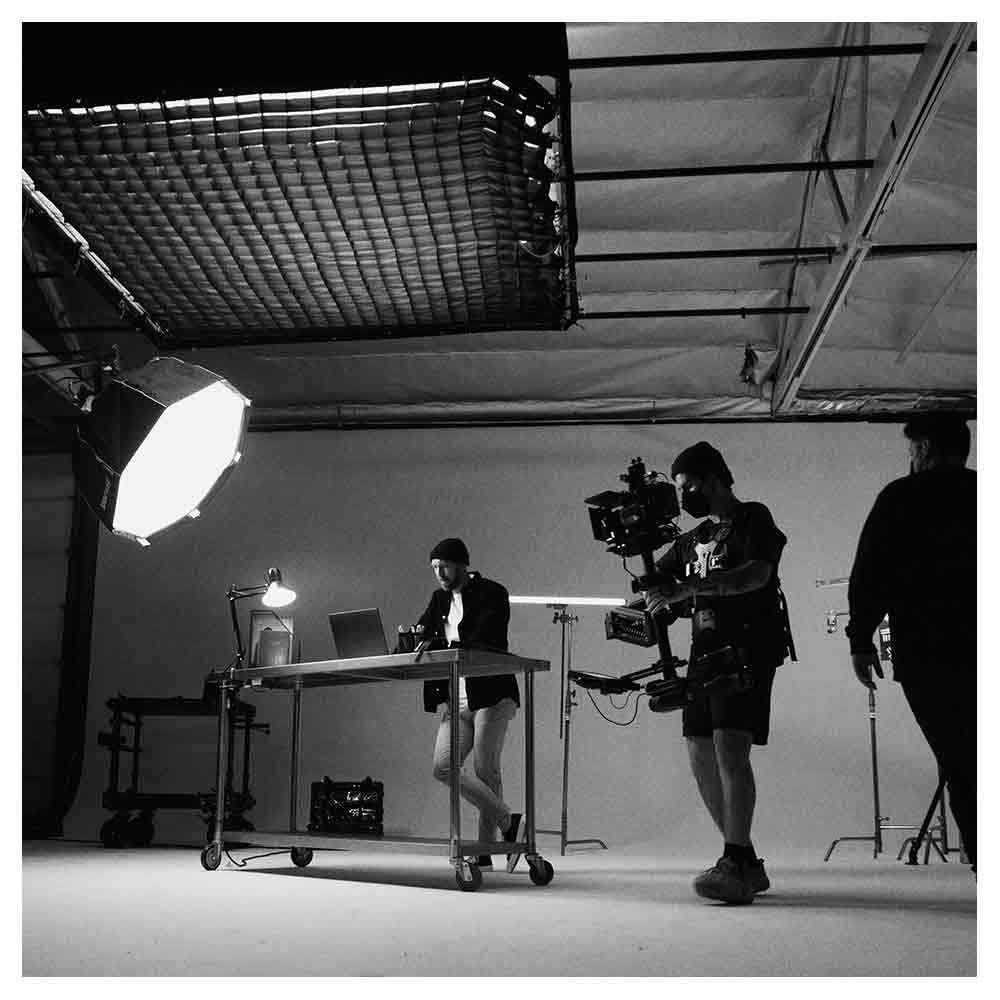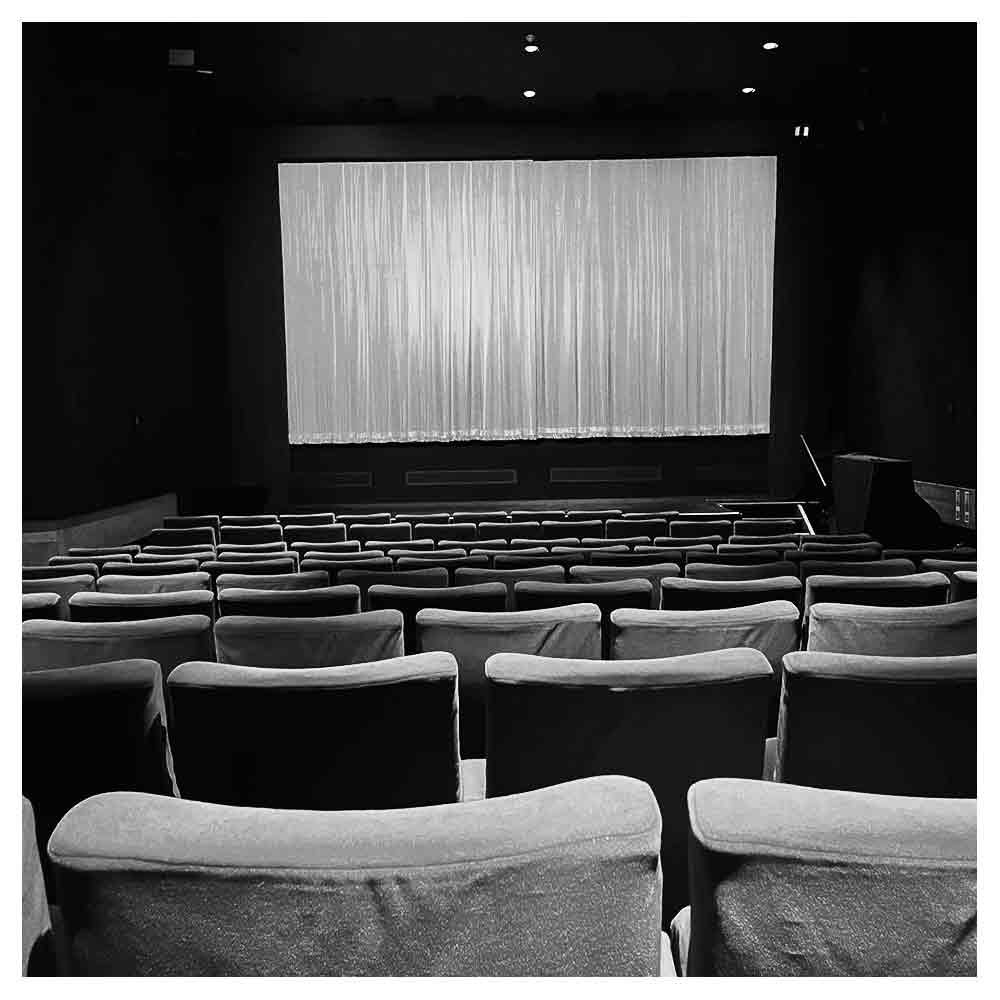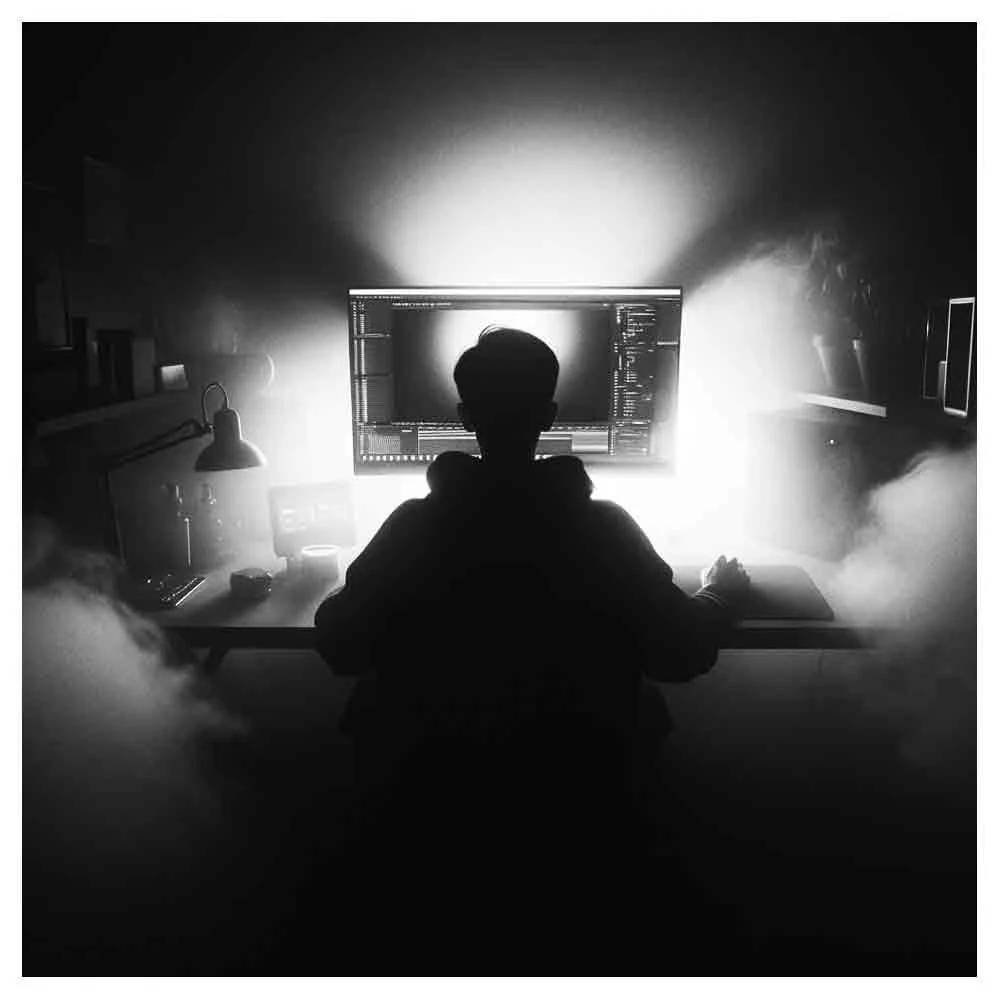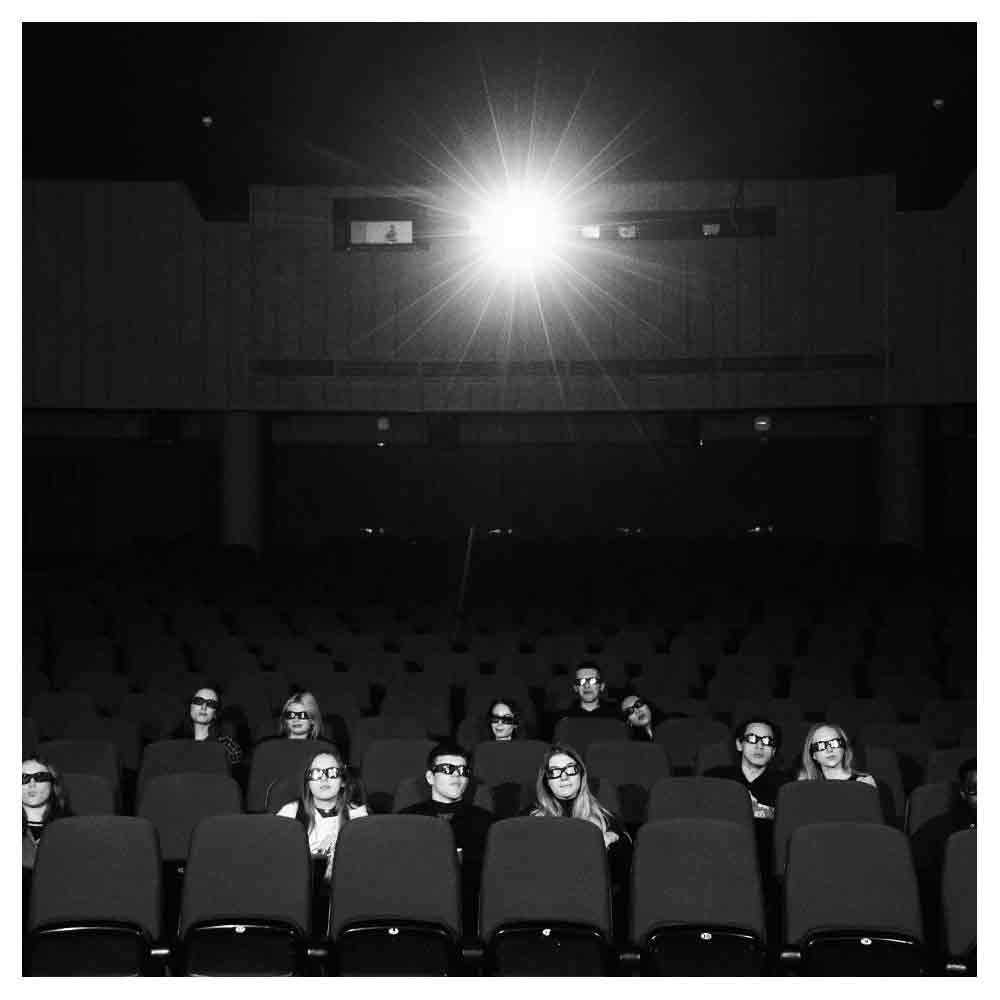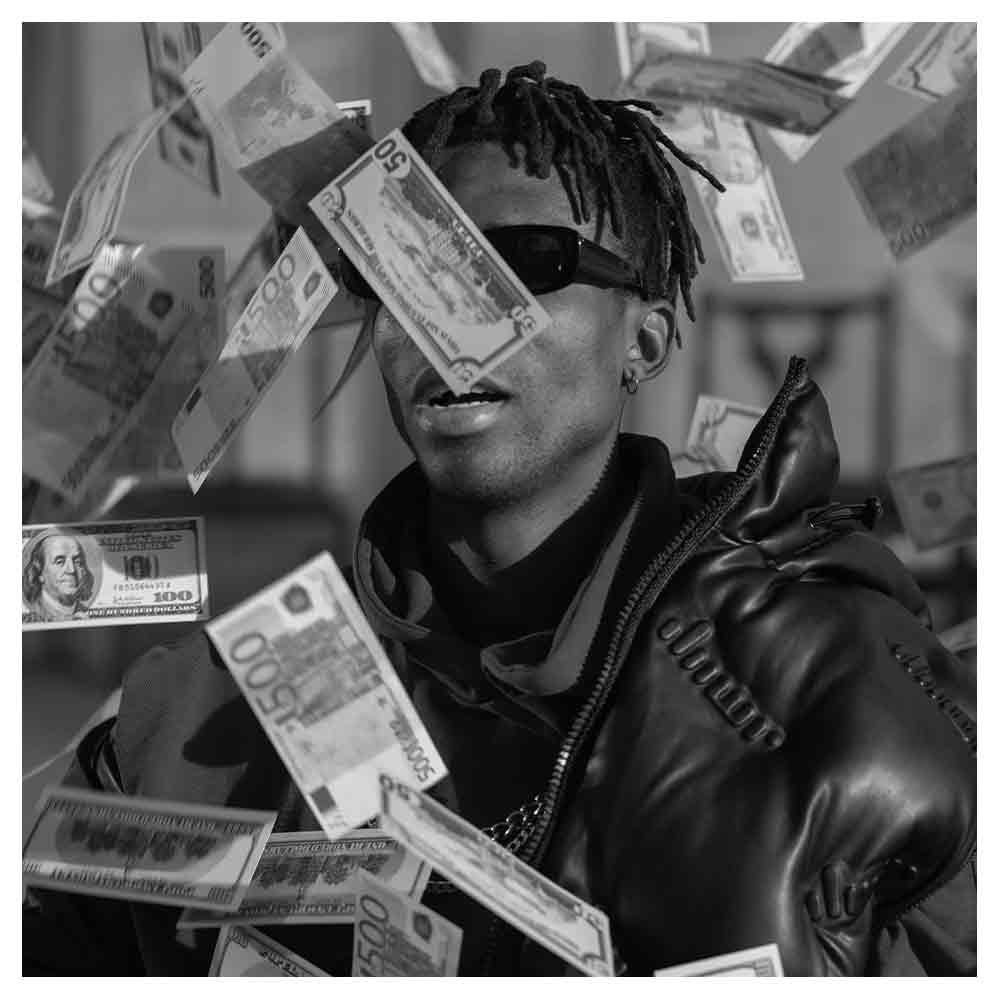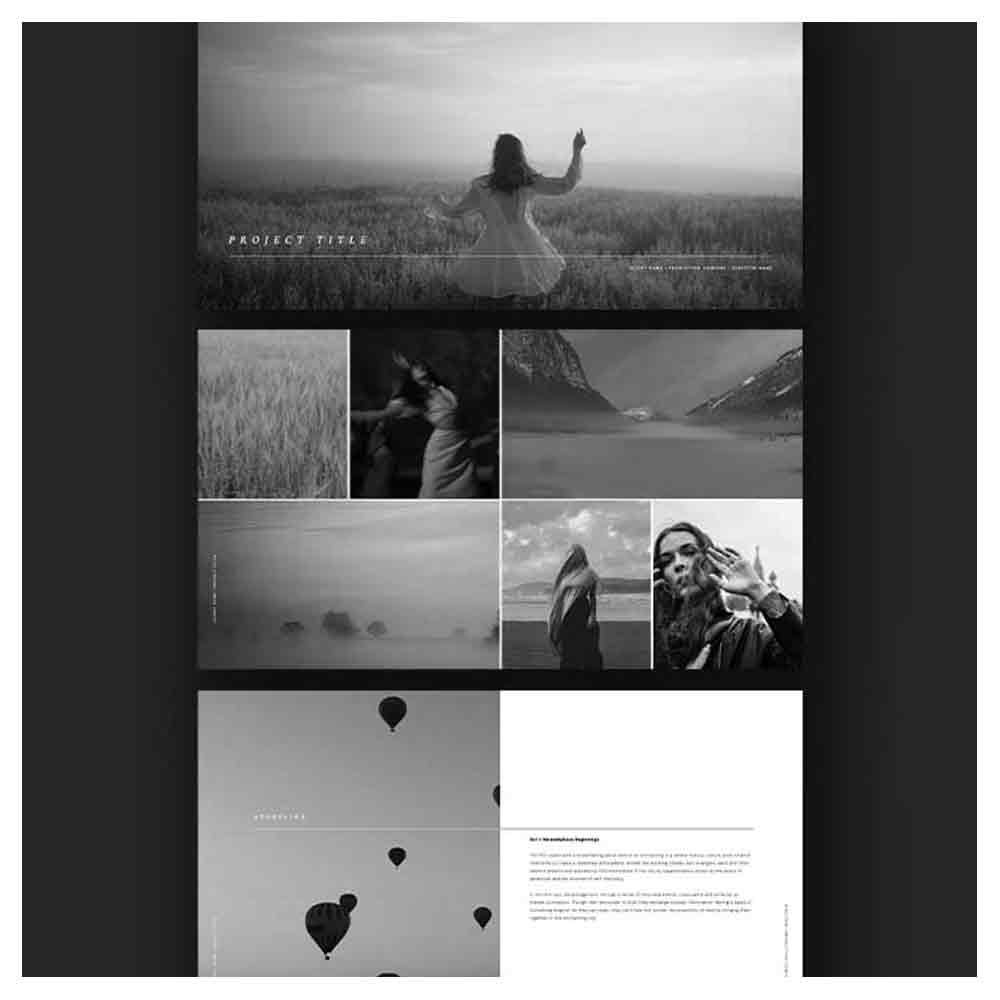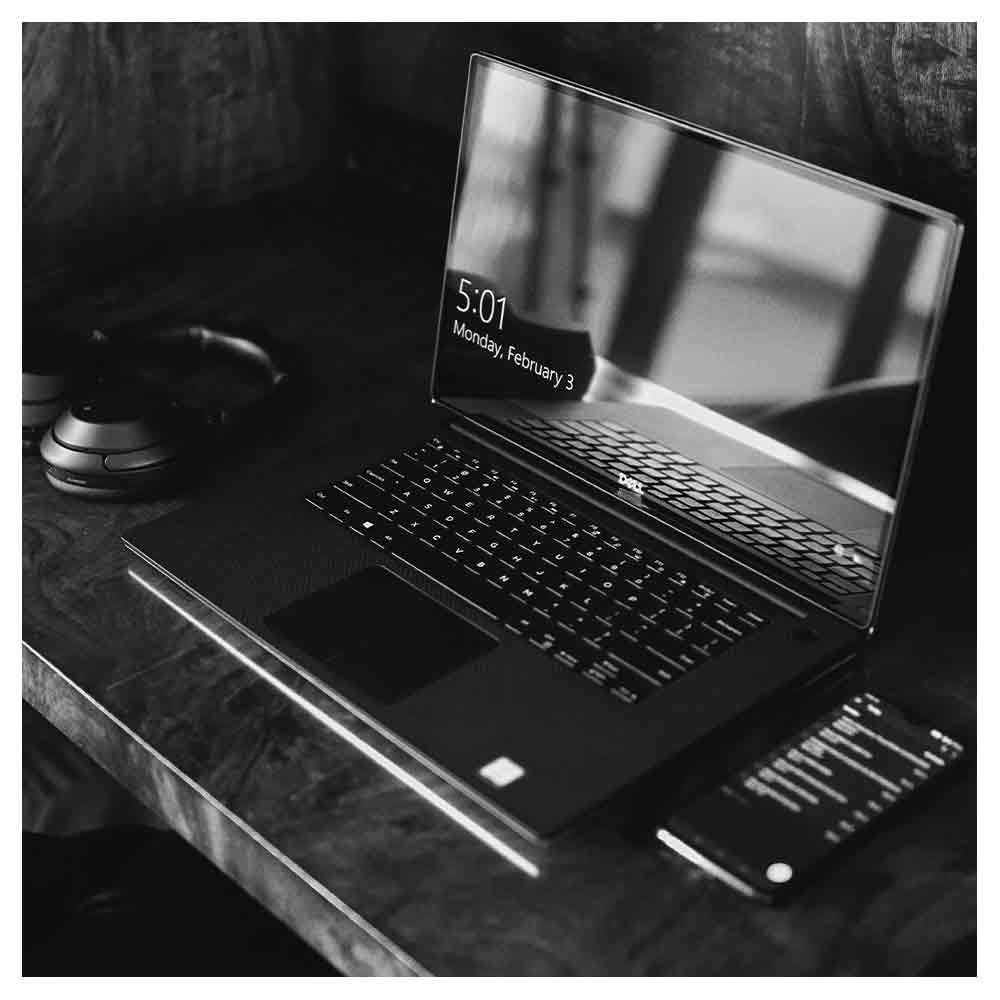Understanding the Types of Creativity: A Journey Through Its Multifaceted Landscape
Creativity, in its myriad forms, serves as the wellspring from which innovation and artistic expression flow. The multifaceted nature of creativity can be broken down into various types of creativity, each embodying unique characteristics and mechanisms.
This exploration delves into this vibrant world of creative thinking and uncovers the profound intricacies intertwined within the creative process.
I. Introductory Glimpse into Creativity
Creativity is not a monolithic concept, but rather a diverse, multifarious phenomenon. Creative people may exhibit different types of creativity, ranging from spontaneous and emotional creativity to deliberate and cognitive creativity.
II. Spontaneous and Emotional Creativity
This form of creativity is the birthplace of emotional creative moments, and it often arises unexpectedly. This spontaneous burst allows the individual to connect deeply with their basic emotions, making the outcome intensely personal and often associated with:
Aesthetic Expression
Emotional Revelation
Artistic Innovation
A. The Aha Moments
“A ha” moments are quintessential examples of spontaneous and emotional creativity. They are instant realizations or sudden breakthroughs that may appear during quiet time or during an unrelated activity, echoing Isaac Newton's thinking when an apple fell, sparking the concept of gravity.
III. Spontaneous and Cognitive Creativity
In contrast, spontaneous and cognitive creativity involves a sudden generation of new ideas that are primarily cognitive. It encompasses:
Divergent thinking, where multiple ideas are generated.
Lateral thinking, which pertains to solving problems through an indirect and creative approach.
B. The Role of the Unconscious
Here, unconscious mental processing plays a pivotal role, and cognitively creative individuals often experience insights emerging from the subconscious, enhancing their ability to connect information in new and novel ways.
IV. Deliberate and Emotional Creativity
In this realm, one deliberately and consciously probes their emotional depths to craft creative ideas, marrying intentional effort with emotional resonance. This domain is the sanctuary of great artists and writers, who mold their complex feelings into tangible forms, infusing life into their creations.
C. The Symbiosis of Emotion and Effort
This form requires a deliberate attempt to evoke and channel emotions, and it’s often manifested through profound artistic endeavors, allowing a creative person to share their internal world externally.
V. Deliberate and Cognitive Creativity
Individuals employing this type of creativity utilize conscious awareness and focused attention. They delve into a particular subject, acquiring specific knowledge to innovate and solve problems. It entails:
Convergent thinking, which narrows down the possibilities to reach the best solution.
Problem-solving strategies that are methodical and logical.
D. The Power of the Prefrontal Cortex
The brain, specifically the prefrontal cortex, and cingulate cortex, spearheads deliberate and cognitive creativity. Here, cognitive neuroscience unravels how the conscious brain meticulously works in fostering creativity, often exploring the boundaries of a particular area.
VI. The Creative Process: A Symphony of Elements
The creative process is an intricate dance of brain activities, a harmonious interaction between the conscious brain and the brain's basal ganglia. It often requires the brain to shift focus, oscillating between a state of focused attention and a state where the conscious brain stops working, allowing spontaneous ideas to flood in.
VII. Cognitive Creator: The Confluence of Cognition and Creation
A cognitive creator leverages their cognitive abilities to carve out innovative solutions and creations. Cognitive creativity involves meticulous note-taking, analyzing, and synthesizing information, requiring the individual to pay focused attention.
VIII. The Multidimensional Nature of Creativity
Each type of creativity is unique, yet they often interweave, creating a rich tapestry. The diversity in creative types depicts the boundlessness of human potential, offering a glimpse into the big picture of human capacity.
E. Classified Creativity and Its Prolific Spectrum
Classified creativity allows us to understand and appreciate the multifarious ways in which creative expressions can manifest, be it through a sudden realization, the exploration of new and novel ways, or the religious experience of creation.
IX. Fostering Creativity: Unleashing Potential
To foster creativity, individuals must embrace the spontaneity of spontaneous ideas, the intensity of emotions, and the rigor of deliberate thought. It is crucial to nurture natural skill, encouraging creative thinkers to delve into the vast ocean of possibilities.
X. Conclusion: Embracing the Infinite Possibilities
The different types of creativity form the myriad colors painting the canvas of human expression. From the moment of the falling apple to the invention of the electric light bulb, creativity continues to push the boundaries, challenging the status quo and shaping the trajectory of human evolution.
In conclusion, exploring and understanding the various facets of creativity is akin to embarking on an endless journey through a realm brimming with endless possibilities and infinite wonders. It's a world where every creative person, every creative thinker, can find a home, a world where the mind's wings are unclipped, allowing the human spirit to soar to unprecedented heights.

